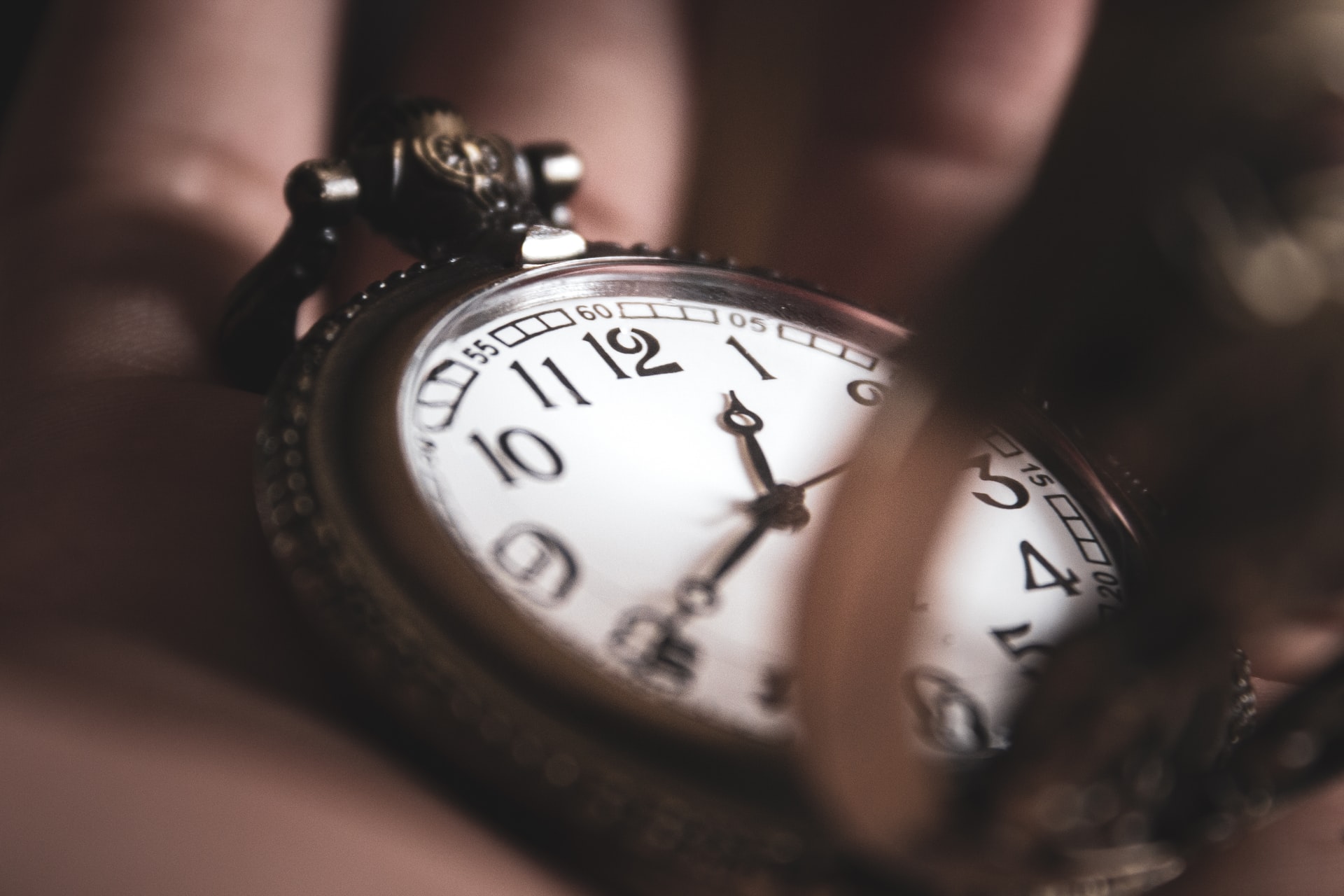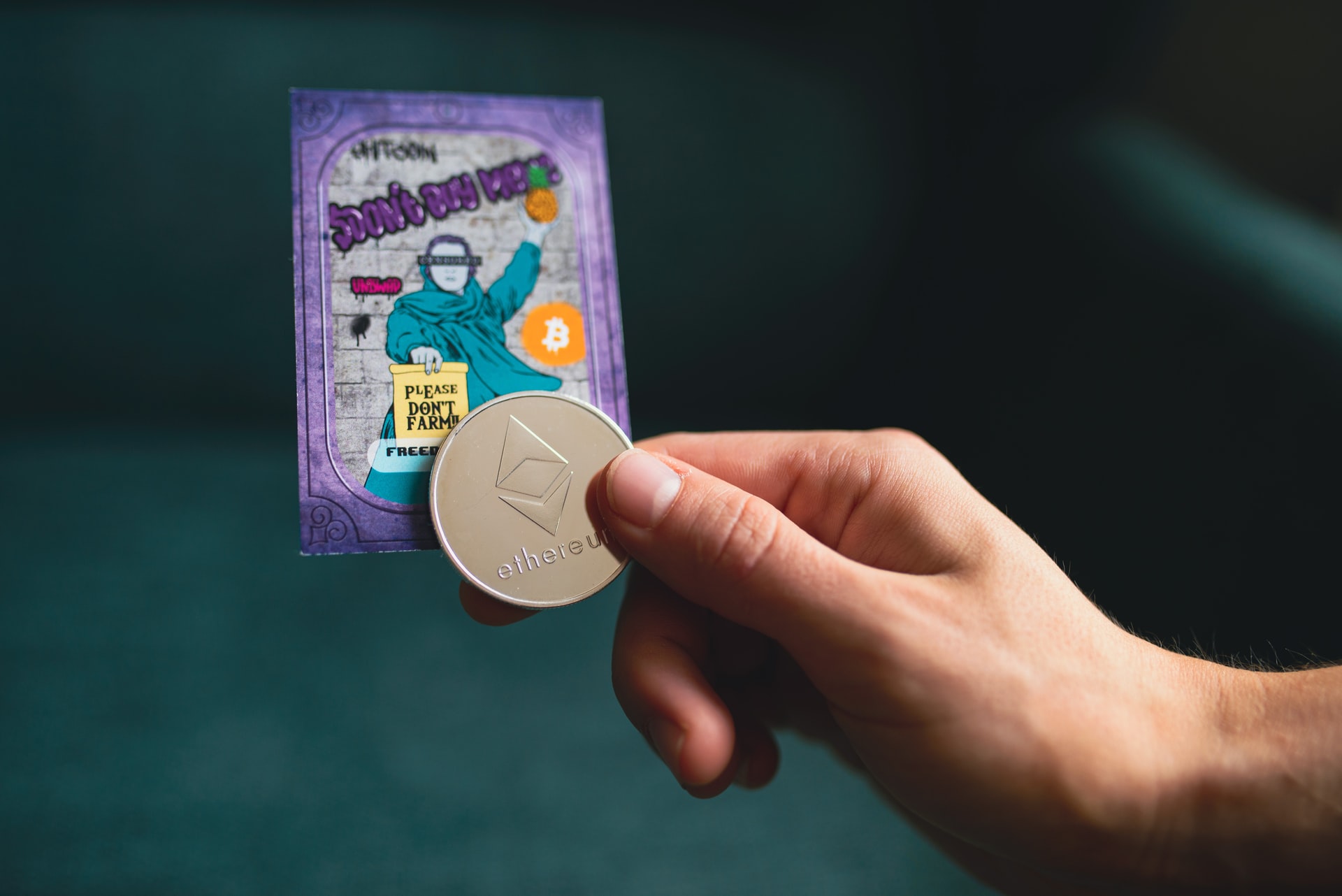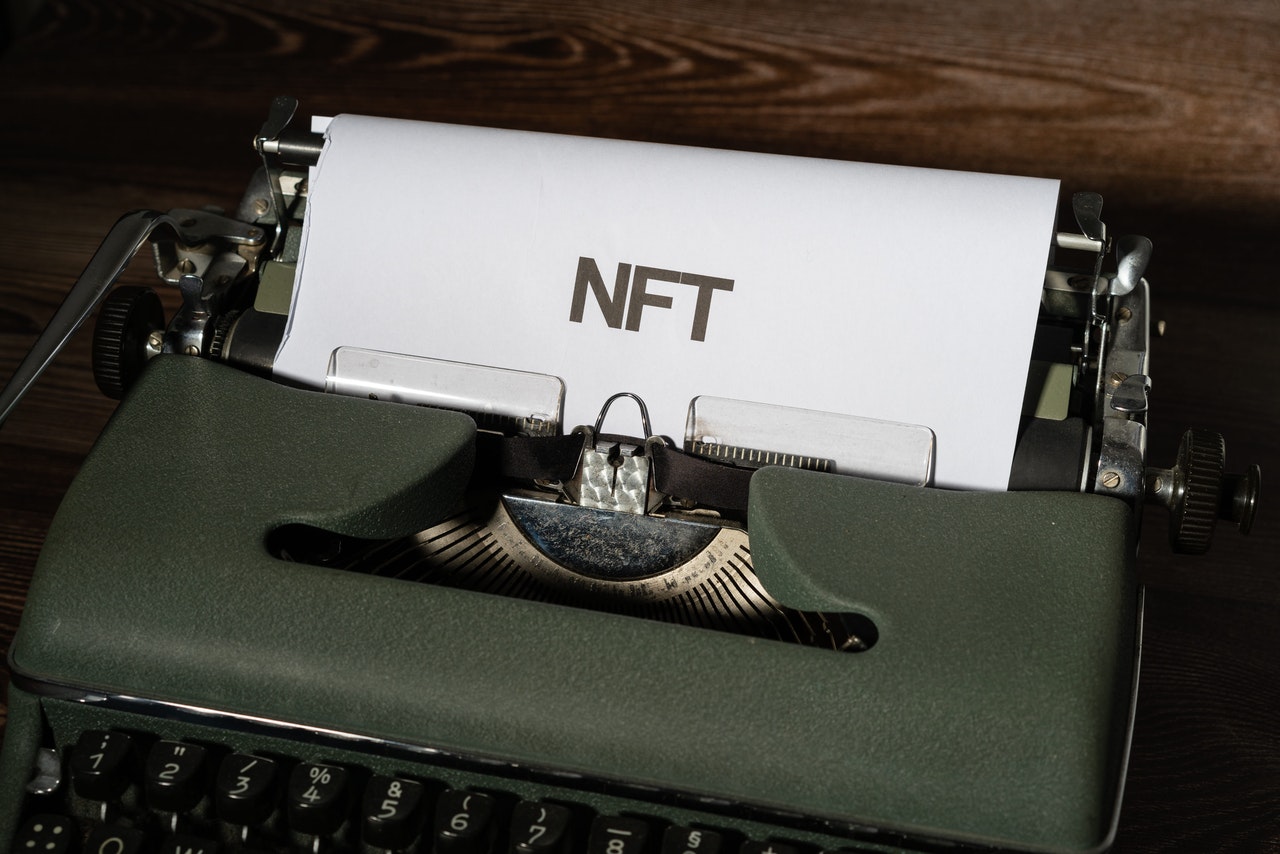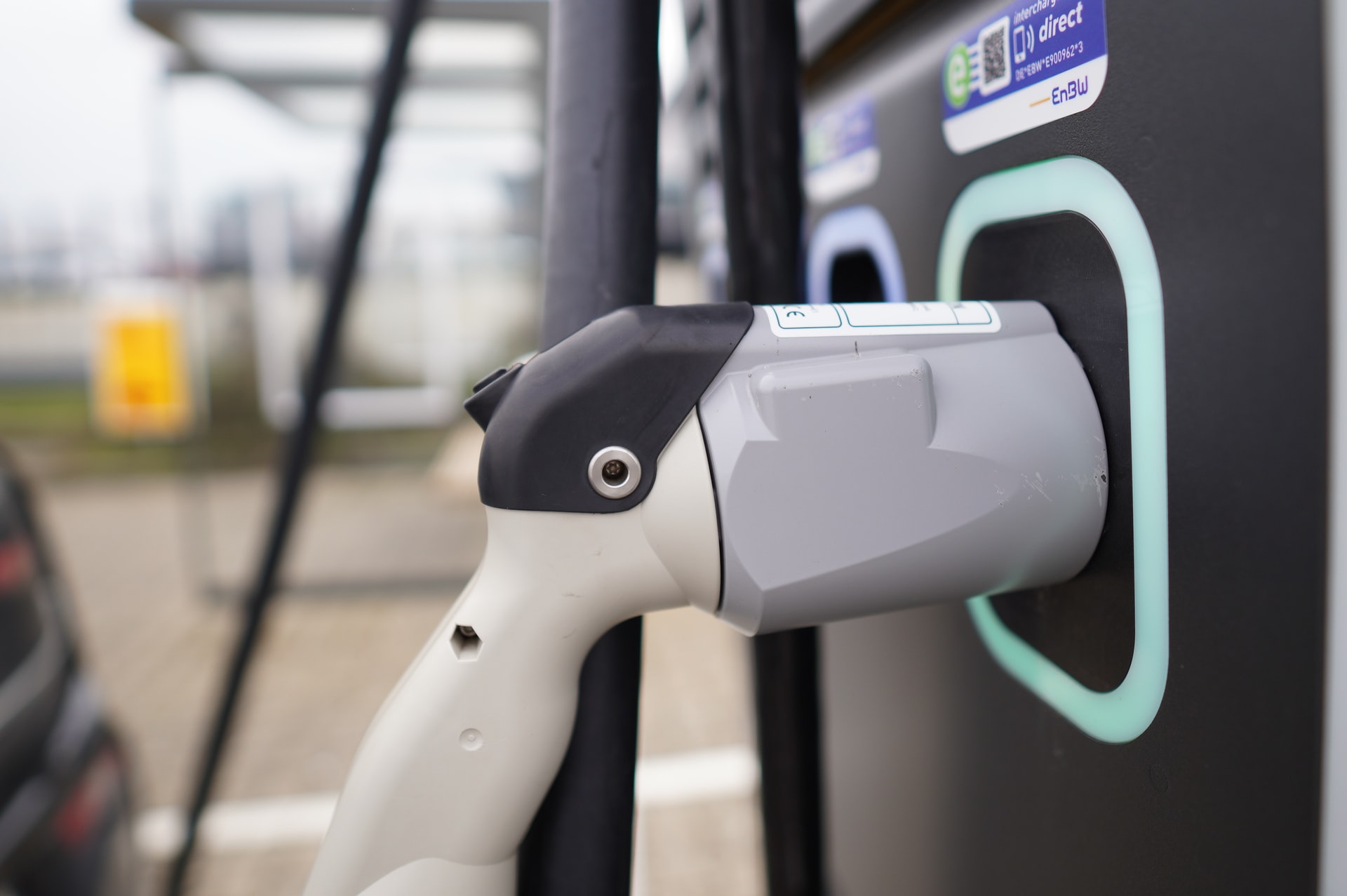Reading Time: < 1 minutes
- Till WWII, chickens were mainly raised for eggs and were sold for meat only when hens couldn’t lay more eggs or when chicks were born male.
- There are various factors, both before & after WWII, which led to chicken’s rise as the number 1 source of animal protein.
- Factor 1: Birth of electrically heated incubator in 1923.
- Till 1923, a major part of a hen’s life went into hatching eggs instead of laying them; after the advent of electrical incubator, hens could mate more and produce more.
- Factor 2: Shortage of beef & pork in WWII
- Beef & pork was rationed during WWII, so the consumption of chicken doubled but the poultry farmers knew red meat would be back after WWII, so poultry experts got involved.
- Factor 3: ‘Chicken of Tomorrow’ contest in America
- Chicken’s rise began in March 1948, when a $10,000 prize was announced for the chicken which looked most like a waxed-model of perfect chicken.
- Chicken at that time came in 4 major types depending upon egg-types: Broilers (very soft weighing 700g to 1 kg), Fryers, Roasters & Fowl (very hard – could be used for soups & stews only).
- For regular consumption, mostly broilers could be used but it took 5 kg feed to raise a broiler of 1 kg and it could be ready for slaughtering only by the 16th week.
- Special protein-rich diet and confining the chicken to tight spaces (they didn’t waste energy running around) in the contest meant a ‘broiler of 1.7 kg’ could be raised with 5 kg feed and it could be slaughtered by the 12th week.
- Further advancements in poultry science confirmed that mating between certain breeds led to higher efficiencies and a broiler today, is ready for slaughtering in 35 days.
- Quick & cheap meant higher production and affordability.
Image courtesy of Engin Akyurt through Pexels
Reference shelf :























